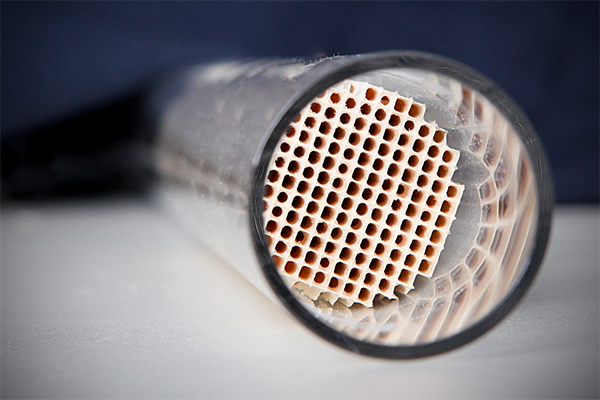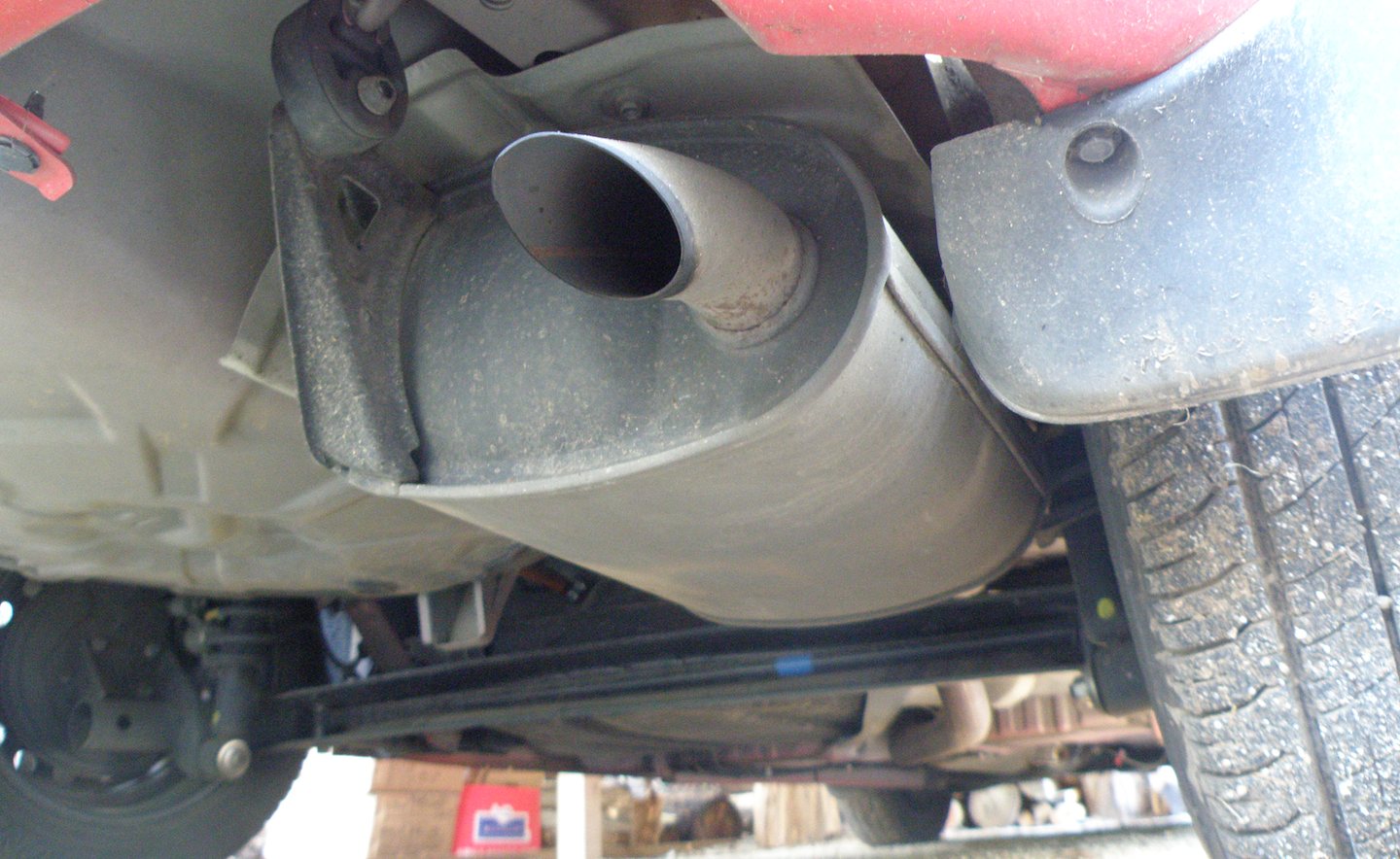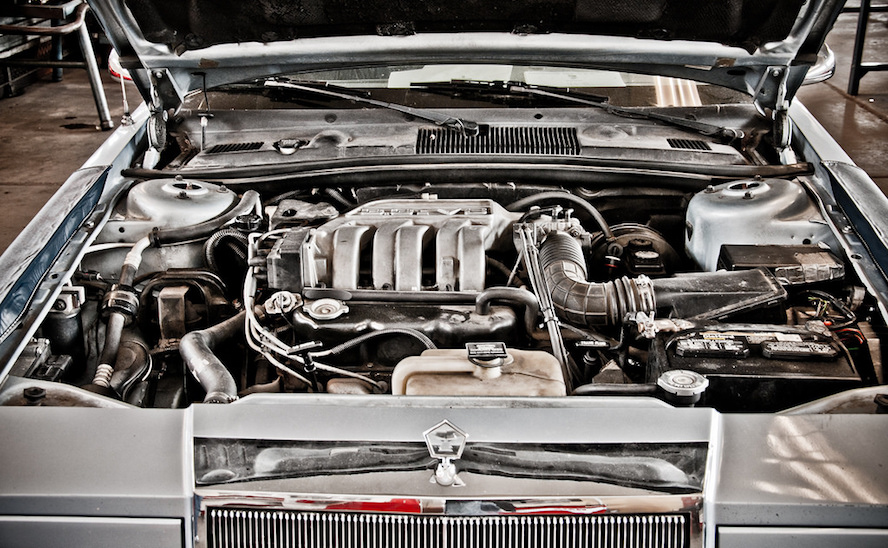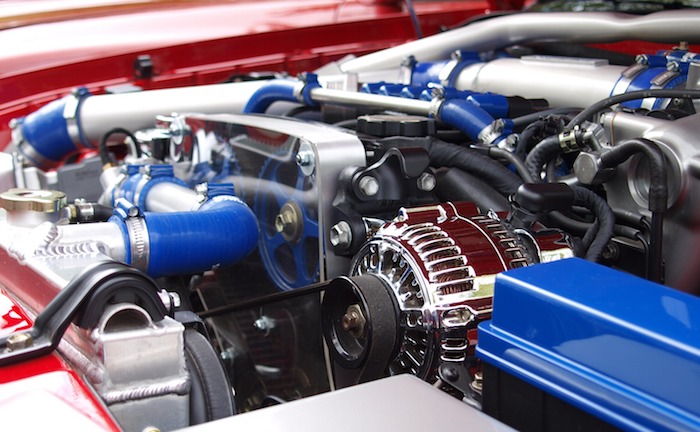Auto manufacturers have almost exclusively used turbochargers in sports cars or race cars in the last couple of decades. Considering their main purpose is to provide a large boost in power, that does make a lot of sense. Now that automakers need to improve the fuel economy in vehicles across their lineups, they've started using turbocharged engines in daily drivers, too.
Turbo | Getty
This rise in popularity is mainly because turbochargers make engines work more efficiently. And when engines don't have to work as hard, they use less fuel. Fuel-cost savings are among the top benefits of a turbocharger, along with the power output surge it provides. Despite more widespread use of turbochargers in recent years, there are still a lot of questions about what they do and how a turbo works. We're going to take a look at the technology behind turbochargers. We'll also look at how they've evolved since they first appeared in a production vehicle back in 1962.
What is a turbo and how does a turbo work?
To understand how a turbo works, you first need to know its components and what each of them does. The two fundamental parts are a compressor and a turbine, forming what is essentially an air pump. The compressor consists of a wheel, a housing, and a diffuser. The turbine, for its part, has a wheel and a housing. The main goal of a turbocharger is to boost the power output of an engine, without having to increase the engine's size. Here's how a turbo provides power:
- It takes in exhaust gasses from the engine through its turbine wheel.
- This process causes the turbine wheel to start spinning. A shaft connects the turbine wheel to the compressor wheel, causing it to rotate as well.
- Once the compressor wheel begins to spin, it takes in ambient air and compresses it.
- From there, it sends the compressed air through the compressor housing over to the chambers of the engine.
- The compressed air enters the engine's combustion chambers, providing the engine with more power and torque.
Nowadays, automakers factory-install or offer as aftermarket parts a few different types of turbos. Beyond the basic type of turbo configuration — the single turbo — there are parallel twin turbo configurations, sequential turbos, and quad turbos.
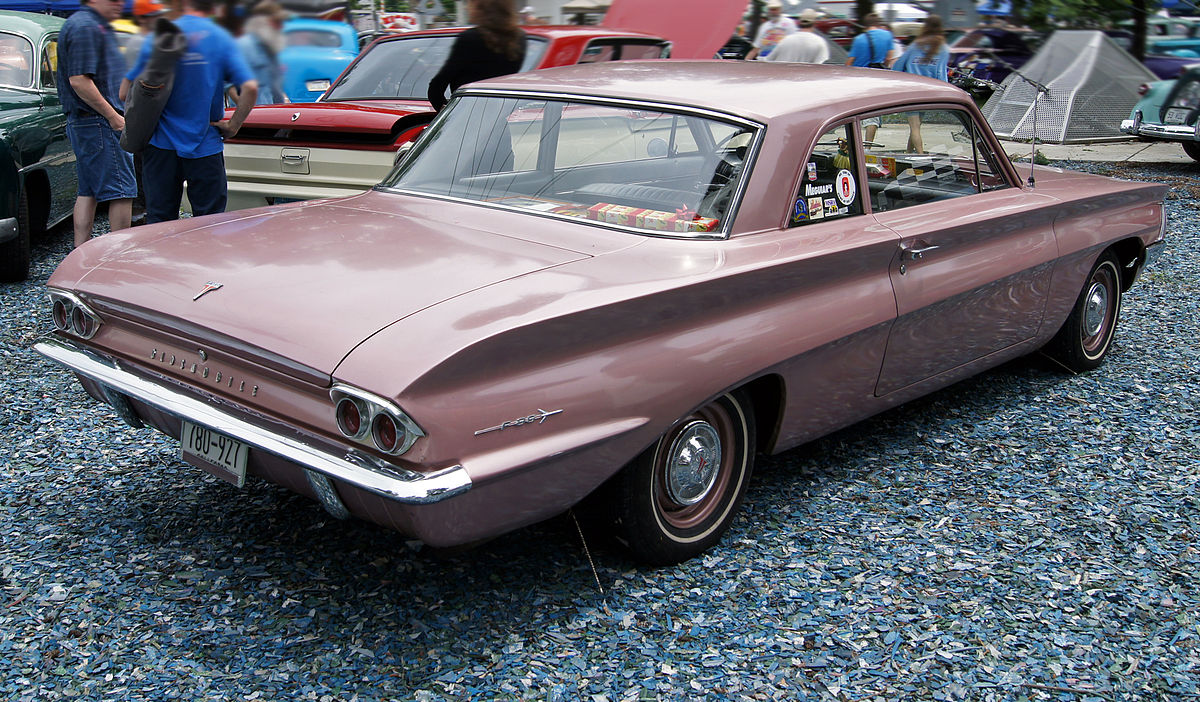 1962 Oldsmobile Cutlass/F85, Source | Greg Gjerdingen
1962 Oldsmobile Cutlass/F85, Source | Greg Gjerdingen
From the '62 Oldsmobile Cutlass and Chevrolet Corvair, to Ford's EcoBoost
The first production car to feature a turbocharged engine was the 1962 Oldsmobile Cutlass. This classic car was powered by a 3.5-liter aluminum V8 engine, with a power output of 215 hp and 300 lb-ft of torque. That same year, Chevrolet rolled out a turbocharged Corvair. Both became trendsetters for turbocharged cars. In 1975, Porsche introduced its first turbocharged model: the 911 Turbo, helping make the technology famous around the globe.
For the past few years, most global automakers launched models that use a turbocharged engine, with Ford's EcoBoost technology arguably leading the way. Ford includes EcoBoost engines across most of its lineup, including the F-150, sports cars, family sedans, and SUVs. Its main turbo-engine competitors include Audi, Chevrolet, and Volvo. The market should continue to grow — many European and US automakers say they plan to invest in this technology for years to come. (Japanese manufacturers have historically focused more on hybrids and electric vehicles.)
Lower fuel consumption, higher power output — but at a cost
Like with most vehicle technologies, turbochargers have their drawbacks. To create power, the turbocharger supplies the engine with more condensed air by using the exhaust energy from the engine, which would otherwise be wasted. Turbocharged engines deliver the same amount of power as non-turbocharged engines twice their size. Because of that, automakers don't have to install larger engines.
But there's a reason why turbos have yet to become a staple in every single car. Turbocharged engines are more expensive to build than their naturally aspirated counterparts. Creating an efficient and durable turbo is a complicated engineering process. That's why they were usually found in luxury, high-performance cars. Only recently have cost reductions helped get them into more mainstream models.
Aside from high production costs, there are also a couple of downsides to turbos. One of the biggest drawbacks from a consumer perspective is turbo lag. Turbo lag is the time it takes for a turbocharger to start supplying the engine with an increased pressure and, consequently, a power boost. A turbocharger only provides a boost after it reaches a certain RPM threshold. Turbo lag is the time it takes an engine to reach that threshold after idling, or from a low speed.
Reaching the threshold for a power boost can lead to another downside of using a turbocharger. Once it reaches the threshold, the turbo speedily delivers an increase in power. That power boost can make the car difficult to control, which makes turbos potentially dangerous if a driver doesn't know what to expect.
Sticking around
Even with the pitfalls, the consensus in the automotive industry seems to be that turbos are here to stay, and they'll continue to get more popular in the near future. Automakers face strict fuel economy standards in many markets around the globe, prompting them to invest in fuel-saving technologies like turbochargers. Good thing we think they're pretty fun.
What about you? Are you a fan of turbos? Share your tips and experience in the comments.



